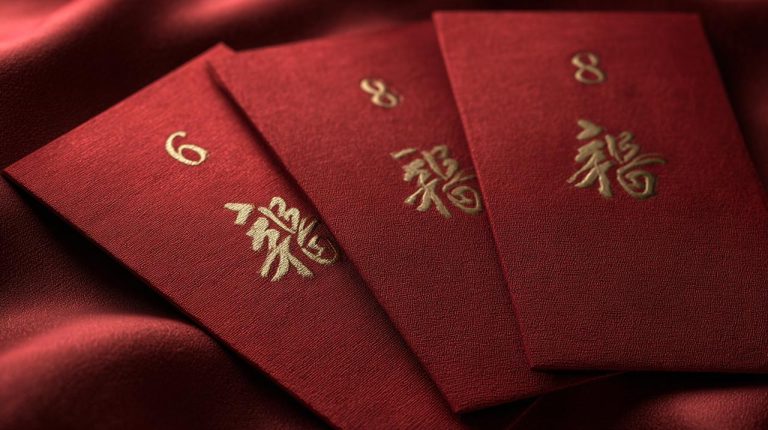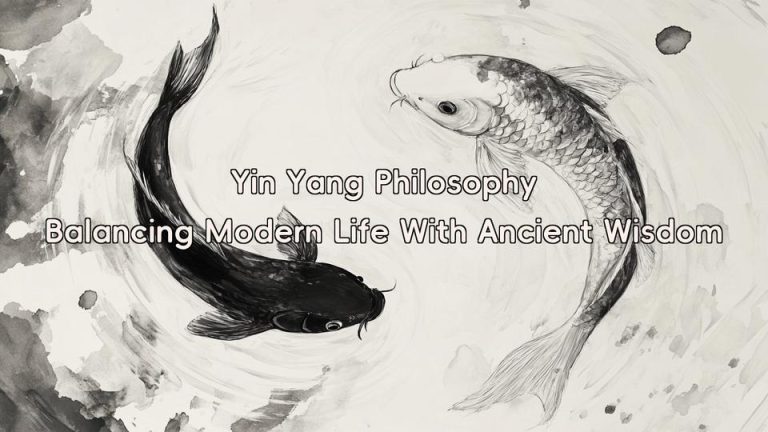The concept of Yin and Yang is a foundational principle in ancient Chinese philosophy, representing the complementary forces that govern all aspects of existence. Far from being opposing, these dualities illustrate how seemingly contrary elements are interconnected and interdependent, constantly interacting to maintain universal harmony. Understanding this dynamic interplay is crucial for cultivating balance in life.
What is Yin and Yang and Why Does It Matter?
Yin and Yang are not merely symbols of good versus evil or light versus dark, but rather a profound philosophical framework illustrating the dualistic yet unified nature of reality. They describe how two seemingly opposite or contrary forces may actually be complementary, interconnected, and interdependent in the natural world, and how they may give rise to each other as they interrelate to one another.
- Interdependence: Neither Yin nor Yang can exist without the other; they are mutually dependent.
- Dynamic Balance: The relationship is not static but constantly shifting, seeking a state of equilibrium.
- Universal Application: From the cosmos to human health, Yin and Yang apply to all phenomena, influencing everything from seasons to emotions. This ancient wisdom is also reflected in systems like the Chinese Zodiac, which explores the balanced interplay of elements and animal characteristics.
What Are The Key Concepts Within Yin and Yang?
To truly grasp the essence of Yin and Yang, one must delve beyond its iconic symbol and understand its core tenets. It's about recognizing the inherent duality in all things and the constant dance between these forces, leading to transformation and growth. The absence of one leads to imbalance, while their harmonious interaction fosters well-being.
- Mutual Opposition: Yin and Yang represent opposite qualities, such as cold and hot, passive and active, dark and light.
- Mutual Interdependence: Despite their opposition, they cannot exist without each other. Day requires night, and stillness requires movement.
- Mutual Consumption and Support: Yin and Yang are always in a state of dynamic balance; one can consume or support the other. An excess of one can lead to a deficiency in the other.
- Inter-transformation: Under certain conditions, Yin can transform into Yang, and Yang into Yin. For example, a cold winter (extreme Yin) eventually gives way to a warm summer (extreme Yang). This concept is beautifully echoed in Koi symbolism, where the fish's journey represents perseverance through life's flowing changes.
How Can You Integrate Yin and Yang into Your Daily Life?
Applying the principles of Yin and Yang can lead to a more balanced and fulfilling existence. It's about conscious choices that acknowledge and honor the dualities within and around you, fostering harmony rather than conflict. This integration isn't about strict rules but about mindful awareness and practical adjustments.
- Observe Natural Rhythms: Align your activities with the natural cycles of day (Yang) and night (Yin), ensuring adequate rest and activity.
- Balance Activity and Rest: Counter strenuous work (Yang) with periods of relaxation, meditation, or quiet reflection (Yin). Incorporating practices like using mala beads in meditation can help cultivate this inner harmony.
- Mindful Eating: Balance warming (Yang) and cooling (Yin) foods according to your body's needs and the seasons.
- Emotional Awareness: Acknowledge and integrate all emotions, understanding that even challenging feelings play a role in your overall well-being.
By exploring the articles within this category, you can deepen your understanding of Yin and Yang and discover practical ways to apply its timeless wisdom to achieve greater balance, peace, and harmony in your life.












